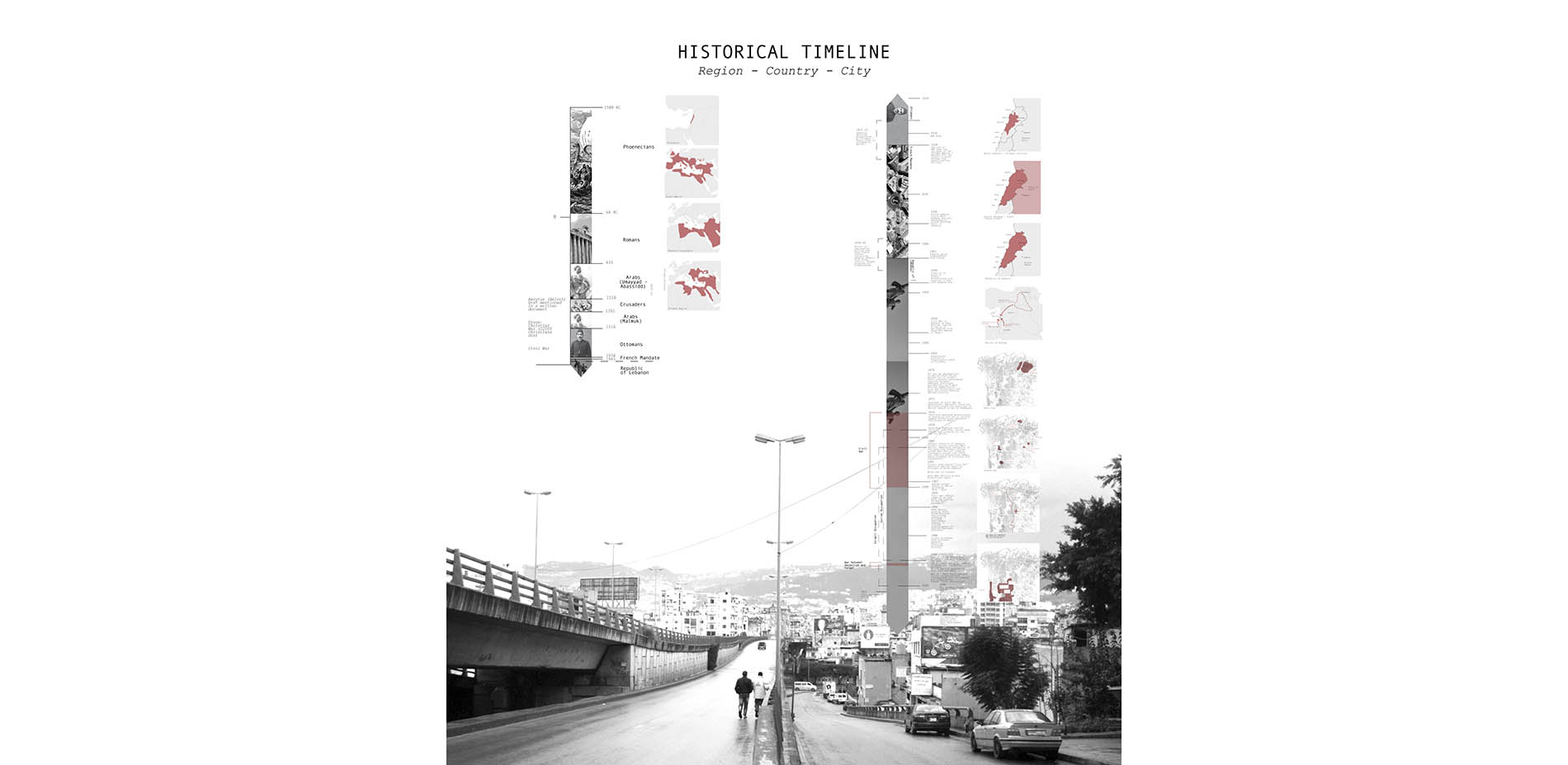
HISTORICAL TIMELINE – Region – Country – City
Photo Credit: Logan Littlefield
Media: Please submit high-resolution image requests to images@asla.org.
HISTORICAL URBAN EXTENTS
Photo Credit: Logan Littlefield
Media: Please submit high-resolution image requests to images@asla.org.
CURRENT URBAN EXTENTS
Photo Credit: Logan Littlefield
Media: Please submit high-resolution image requests to images@asla.org.
PUBLIC REALM EROSION – Unstable political environment mean that likely civic realms are co-opted for private development.
Photo Credit: Logan Littlefield
Media: Please submit high-resolution image requests to images@asla.org.
FORMAL / INFORMAL – Manifestations of Public Space
Photo Credit: Logan Littlefield
Media: Please submit high-resolution image requests to images@asla.org.
Photo Credit: Logan Littlefield
Media: Please submit high-resolution image requests to images@asla.org.
Photo Credit: Logan Littlefield
Media: Please submit high-resolution image requests to images@asla.org.
A New Urban Ground: Section Timeline of Site
Photo Credit: Logan Littlefield
Media: Please submit high-resolution image requests to images@asla.org.
CONTEXT PLAN - Delineating new Civic realm on the Peri-Urban Beirut River. Though a fragmented landscape of infrastructure, it it is in a position to better connect neighbourhoods and perform as a public node.
Photo Credit: Logan Littlefield
Media: Please submit high-resolution image requests to images@asla.org.
CIVIC SPACE PROTOTYPE
Photo Credit: Logan Littlefield
Media: Please submit high-resolution image requests to images@asla.org.
Top: Longitudinal Section – Extruded Promenade + Residual Pine Wood. Middle: Longitudinal Section – Sports Platform. Bottom: Longitudinal Section – Plaza Platform
Photo Credit: Logan Littlefield
Media: Please submit high-resolution image requests to images@asla.org.
Transverse Section
Photo Credit: Logan Littlefield
Media: Please submit high-resolution image requests to images@asla.org.
Rendering - Residual Pine Wood Plaza - This large public space type is deployed in a new way in a residual meridian space to create a plaza along an arterial road and a grand entrance to the continued civic platforms beyond.
Photo Credit: Logan Littlefield
Media: Please submit high-resolution image requests to images@asla.org.
Top: Rendering – Upper Platform Plaza – A new way to view the city (looking south). Bottom: Rendering – Shade Plaza and Basketball Courts.
Photo Credit: Logan Littlefield
Media: Please submit high-resolution image requests to images@asla.org.
Top: Rendering – Yerevan Flyover – The passer-by as user + spectator of civic manifestation. Bottom: Rendering – Flexible Plaza / Event Space
Photo Credit: Logan Littlefield
Media: Please submit high-resolution image requests to images@asla.org.


















